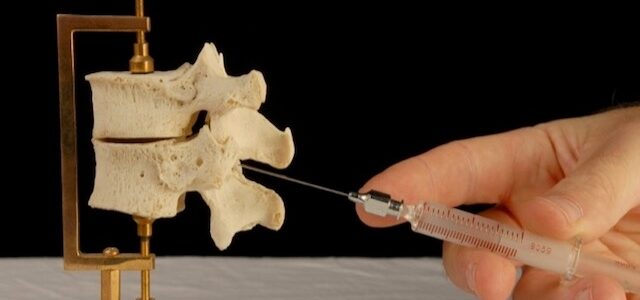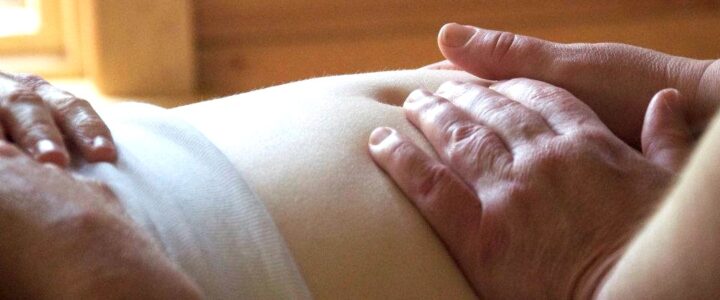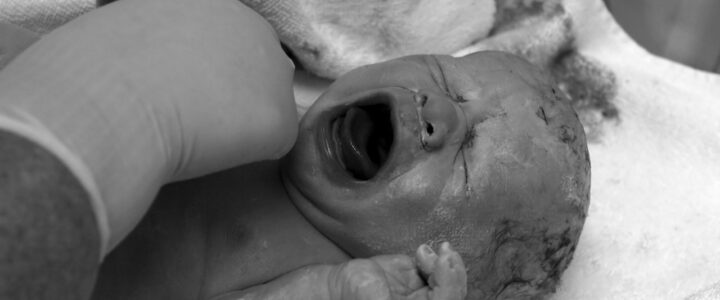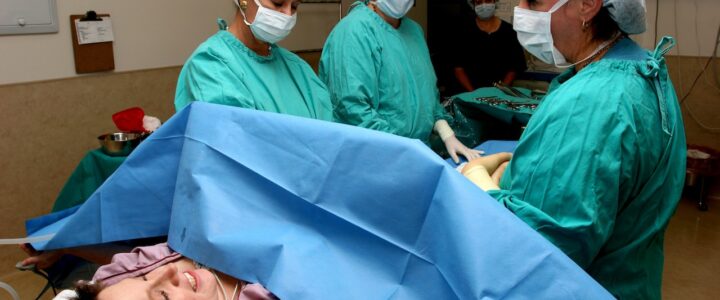I recently had a conversation with parents about crying babies and toddlers. They were apartment dwellers who were concerned about disturbing the neighbors.
CRYING! It is, after all, a distress call. It’s disturbing — like having a shrieking smoke alarm in your living room. It’s supposed to attract parental attention. Crying is one of the baby’s main survival skills. It helps a baby tell parents/caregivers that they have an unmet need. Sometimes crying is a pain-coping practice. Other times it is a form of release. Read more
















